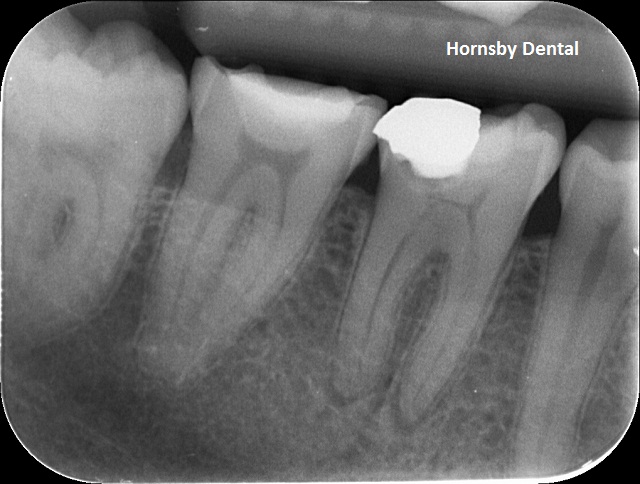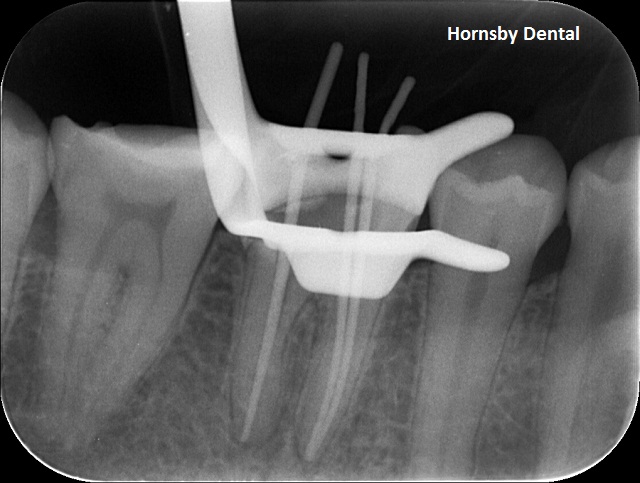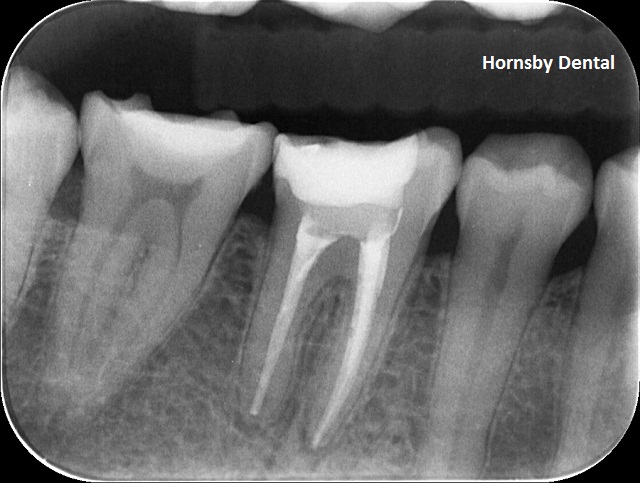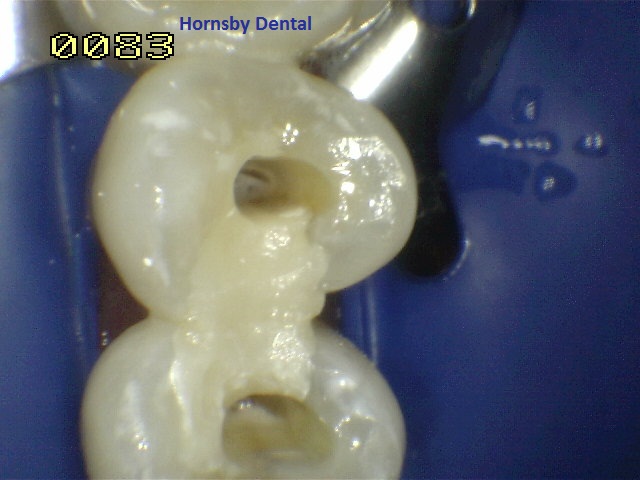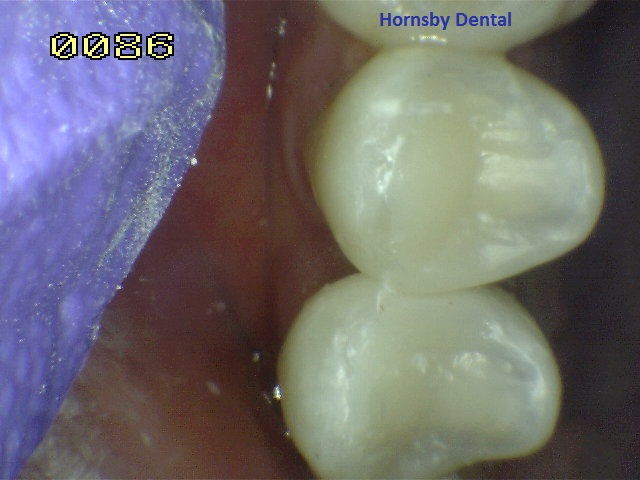Root Canal Therapy Sydney
Root Canal Therapy is also known as Endodontic Treatment – a procedure that treats infection. It is a treatment to remove the infection which is caused by decay that has entered into the pulp chamber and root canals. If left untreated, an abscess occurs as the infection tries to drain out from the tooth roots. If this happens and it is still left untreated, then your jaw bone may start to erode around the infected site. In Sydney, dentists are able to give root canal therapy, however if your root has been calcified and more complex, your dentist will give you a referral to an endodontist near you to help save the tooth. If it goes beyond that point, a tooth extraction will be performed to assist you out of the pain.
The cost for a root canal therapy can vary due to the amount of roots and complexity involved. Without a proper x-ray for the dentist to diagnose it is difficult to get a definite root canal therapy price. This can range from $990 to $1600, so it is important to see your dentist to get a proper examination and x-ray to confirm. The dentist will be able to print out the treatment plan with the price for the root canal as well as the price for a crown if needed. It is good to have a treatment plan so that you can plan your endodontic treatment if you don’t have enough funds with your private health insurance. This could mean breaking your endodontic treatment and crown treatment over 2 years to get the maximum benefit. Our friendly front desk reception will be able to assist you in booking these appointments to optimise your health fund and your needs.
It ranges between $800 to $1,500 depending on the tooth.
Dental decays will cause physical damage to our teeth and to further complicate the issue, it is a bacterial infection. Once dental decay reaches the pulpal chamber of the tooth, the tooth is said to have endodontic infection. This is often accompanied by pain and swelling.
If left untreated, the jaw bone may also erode around the abscess, as it drains out of the tooth’s roots. Root Canal Therapy in Sydney is the procedure to treat such infections.
- To reduce the active inflammation
- To cleanse the pulpal chamber and root canals thoroughly
- Once the tooth is pain-free, the root canal space is sealed off
There are three main parts for a root canal therapy treatment:
The first part the dentist will remove the pulp tissue by locating and shaping the root canal for the endodontic therapy. They will use manual and rotary hand instruments to remove and reduce the active inflammation.
The second part will be the irrigation, where the root canal will be flushed and irrigated with sodium hypochlorite to clean the pump chamber and root canal. This will make sure all the infection and nerve is removed and cleaned out. Afterwards a medication is located in the root canal to decontaminate the canal and ready for the last step.
The third part is obturation, once the canal of the tooth has been disinfected and not longer in any pain. The last step is to fill the hollows of the root canal with gutta percha. This step is called obturation and it involves gutta percha which is a natural polymer latex material that comes from the percha tree. The gutta percha would fill and seal the root canal so that no reinfection can occur. After being sealed a final filling would be placed in the pulp chamber to restore the tooth.
Around 1-1.5 hours depending on which tooth.
Yes, it is.
Because the tooth is hollowed from inside out, the weakened tooth structure should be protected with a strong restoration which also acts as a physical barrier to any further infection.
Due to the significant amount of work completed on the root canal therapy tooth. The tooth structure and functionality has been weakened and compromised. It is therefore advised to place a dental crown on the root canal therapy tooth, to protect it especially if it’s on the molar teeth.
Pre-op: Deep decay underneath old restoration. Previously un-monitored and the tooth was in excruciating pain. Large shadow underneath the opaque white mass is the decay, and at tip of the tooth root is a dark shadow which suggests a zone of infection. The tooth can be saved with a carefully performed root canal therapy and avoid the loss of the tooth.
Measurement: The root canal therapy is essentially the treatment to rid infection inside the pulpal/nerve space within the tooth, and to seal the tooth from further reinfection into the root tip of the root. This needs to be performed very carefully and should always have a “rubberdam” isolation field to avoid the re-introduction of bacteria from within the mouth into the canal spaces. In this image the dentist has used a clamp to lock the rubberdam to the tooth and is measuring the sealing length for the final root filling.
Post-op: A well-obturated/filled root canal therapy. The tooth is symptom-free and will have a crown placed on it to seal the tooth from any potential fracture and decays in it. Studies have shown a well-placed dental crown can provide superior seal and, if possible, should always be placed on the tooth after the root canal therapy is completed with the tooth being symptom-free.
Temporary restoration of teeth that are receiving root canal therapy. Note that these temporary restorations are weak and prone to chipping.
Careful restoration of the teeth with crowns. The teeth have added strength and aesthetics.
Driving directions from SEA LIFE Sydney Aquarium to Sydney CBD Dentistry is around 12 minutes. Head north on Wheat Rd toward King St and turn right onto Shelley St then turn right onto Erskine St. Turn right onto Sussex St and turn left onto King St then turn left onto Elizabeth St. Turn left onto Hunter St then finally, turn left onto Pitt St where you will find us on the left side.


